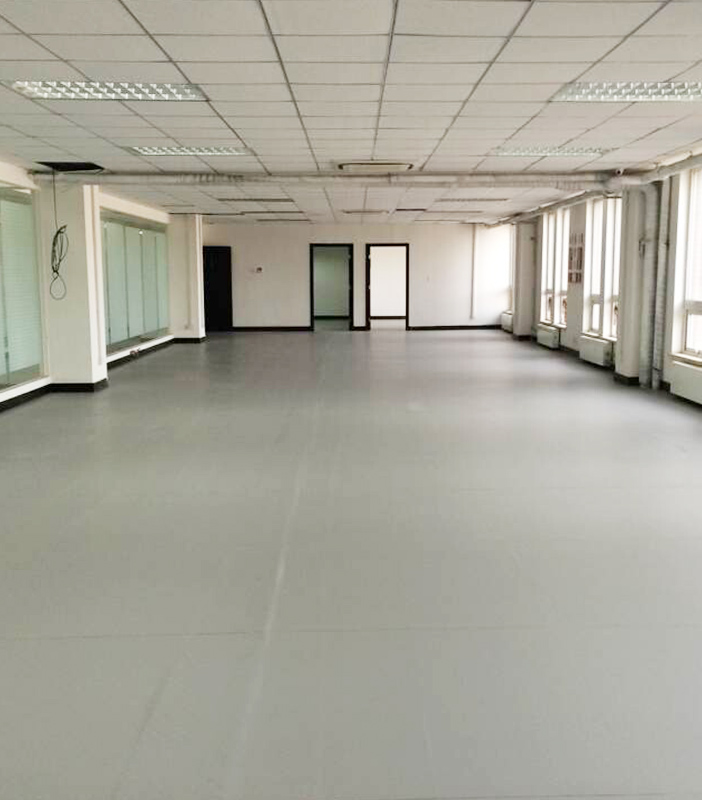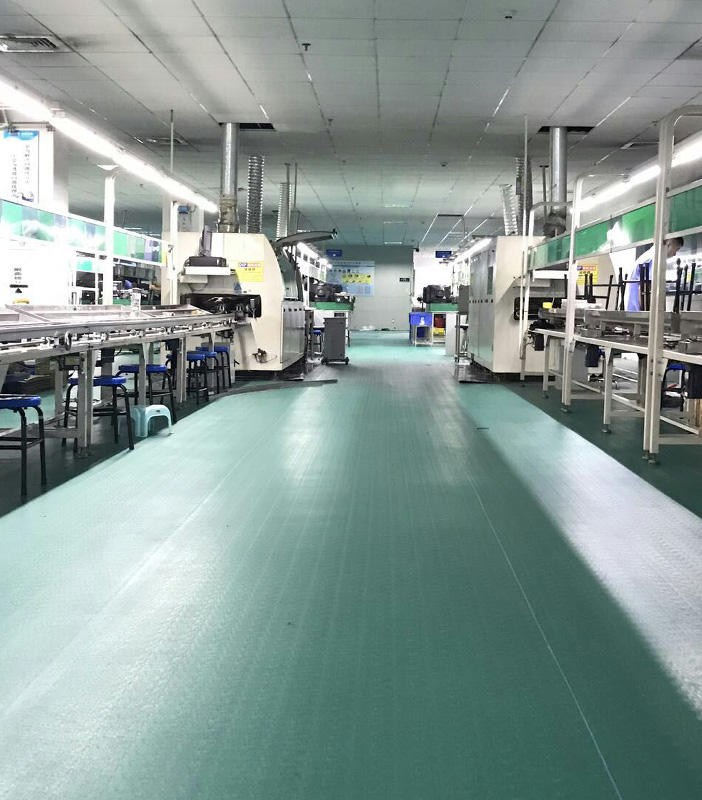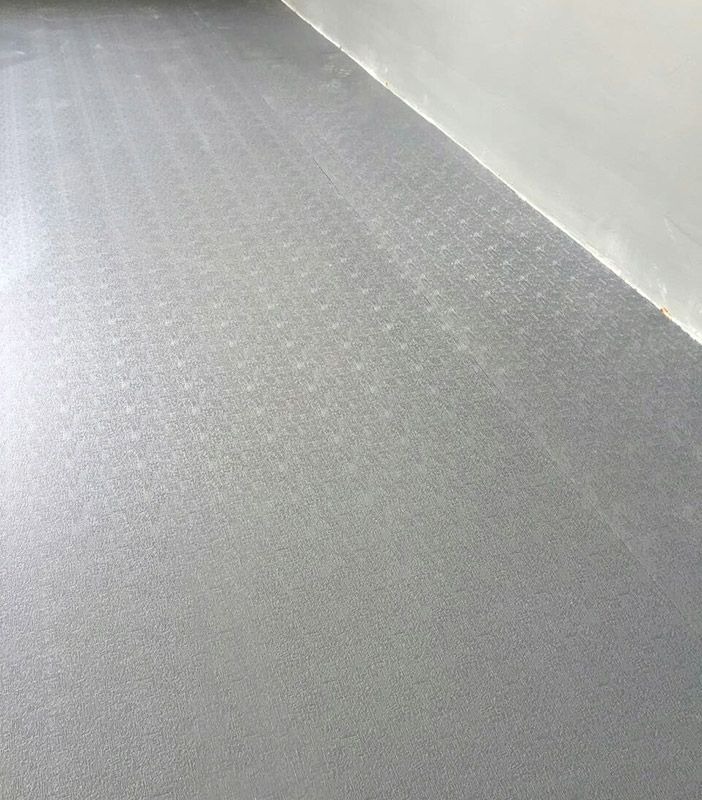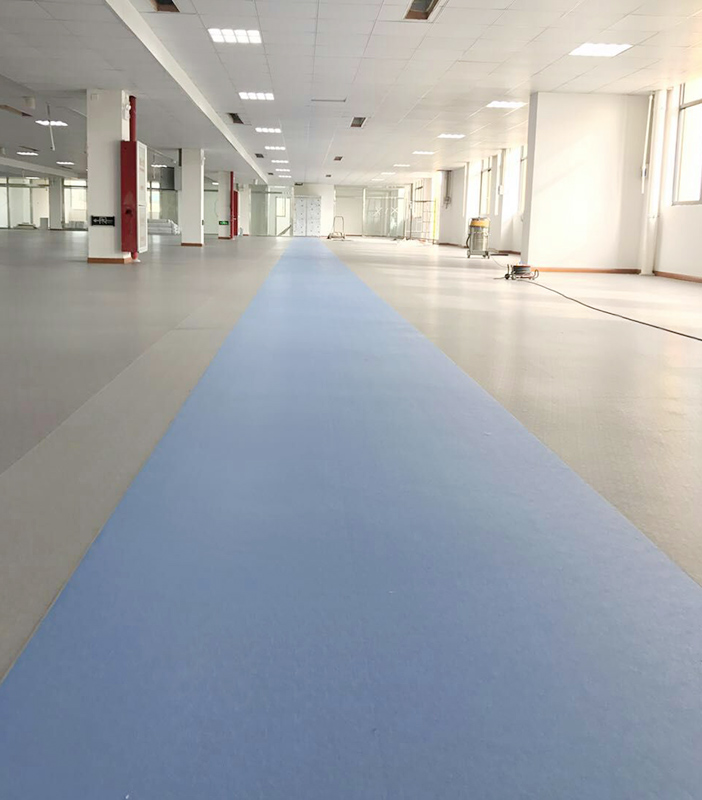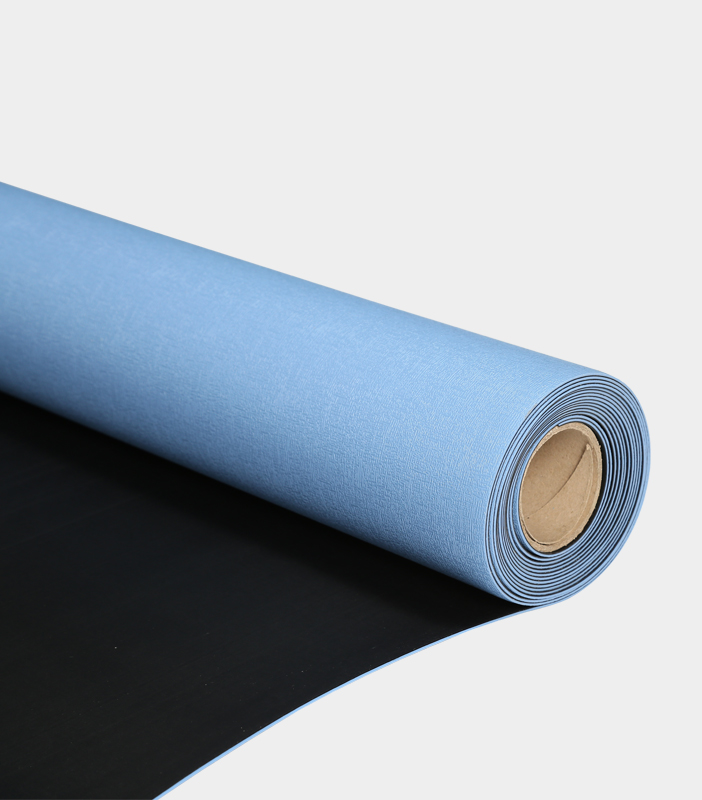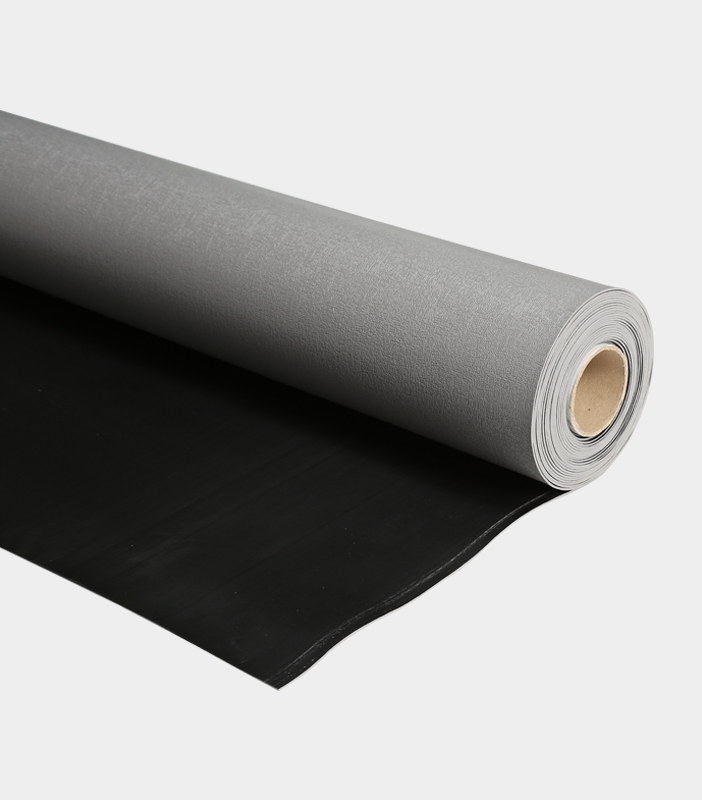OEM/ODM Sale Cheap ESD Table Mat Supplier Company Exporter
ESD table mat is a specially designed surface covering that is used in workspaces where electrostatic discharge poses a risk. These mats are made from materials that can either dissipate or conduct static electricity, preventing the build-up of static charge that could harm electronic components.
ESD table mats are crafted from various materials, each offering specific properties suited to different environments. Common materials include:
Rubber: Rubber is a widely used material for ESD table mats due to its durability and flexibility. It is resistant to chemicals, making it ideal for workspaces where exposure to solvents and other harsh substances is common. Rubber mats usually feature a two-layer construction, with a conductive layer on the bottom and a dissipative layer on top, ensuring effective static control.
Vinyl: Vinyl is another popular material for ESD table mats. It is less expensive than rubber and offers good resistance to wear and tear. Vinyl mats are also available in multi-layer constructions, with a dissipative top layer and a conductive backing. These mats are often chosen for environments where cost is a key consideration.
Foam: ESD mats made from foam are designed for environments where cushioning is important, such as in workstations where operators need to stand for extended periods. Foam mats combine static dissipative properties with comfort, reducing fatigue while maintaining ESD protection.
Homogeneous Materials: Some ESD mats are made from homogeneous materials, meaning the entire mat is composed of a single material with consistent ESD properties throughout. These mats offer uniform static control and are often used in cleanroom environments where contamination must be minimized.
When it comes to procuring ESD table mats, businesses can choose between OEM and ODM options. Understanding the differences between these two approaches is crucial for making an informed decision.
OEM ESD Table Mats: OEM refers to products that are manufactured according to the specifications provided by the purchasing company. In the case of ESD table mats, an OEM arrangement allows a company to have mats produced that meet their exact requirements in terms of size, material, color, and branding. OEM mats are often chosen by companies that need specific features or who wish to brand the mats with their logo.
ODM ESD Table Mats: ODM products, on the other hand, are designed and manufactured by a third party but sold under the purchasing company's brand. ODM ESD table mats are typically pre-designed with standard specifications, which can be customized to some extent based on the buyer's needs. ODM options are often more cost-effective and quicker to market, as the design and production processes are already established.
ESD table mats are used in various industries where electrostatic discharge can pose a risk. Some common applications include:
Electronics Manufacturing: In electronics manufacturing facilities, ESD table mats are used on workbenches and assembly lines to protect sensitive components during the production process. These mats help prevent damage to integrated circuits, semiconductors, and other electronic parts.
Laboratories: In research and development laboratories, ESD mats are essential for protecting delicate equipment and samples from static discharge. These mats are used on lab benches and other work surfaces where electronic devices are handled.
Repair and Maintenance: Service centers and repair shops for electronic devices often use ESD table mats to ensure that devices are not damaged during inspection, repair, or maintenance. These mats provide a controlled environment for working with delicate electronics.
Cleanrooms: In cleanroom environments, where contamination must be minimized, homogeneous ESD mats are used to maintain both cleanliness and static control. These mats are often required in the production of microelectronics, pharmaceuticals, and other high-tech industries.

 简体中文
简体中文 English
English España
España Deutsch
Deutsch